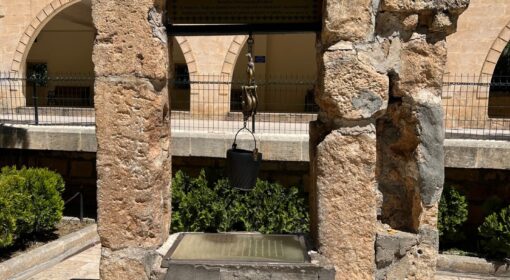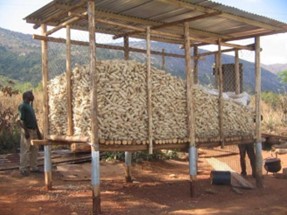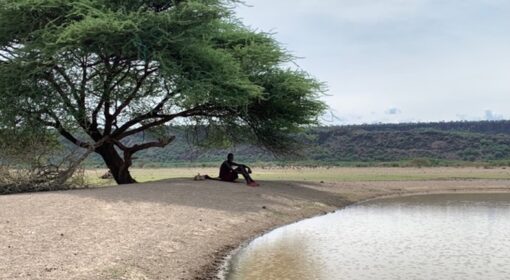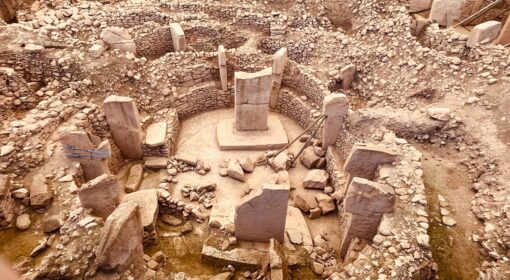Mindsets
Frank van Steenbergen
August 26, 2019
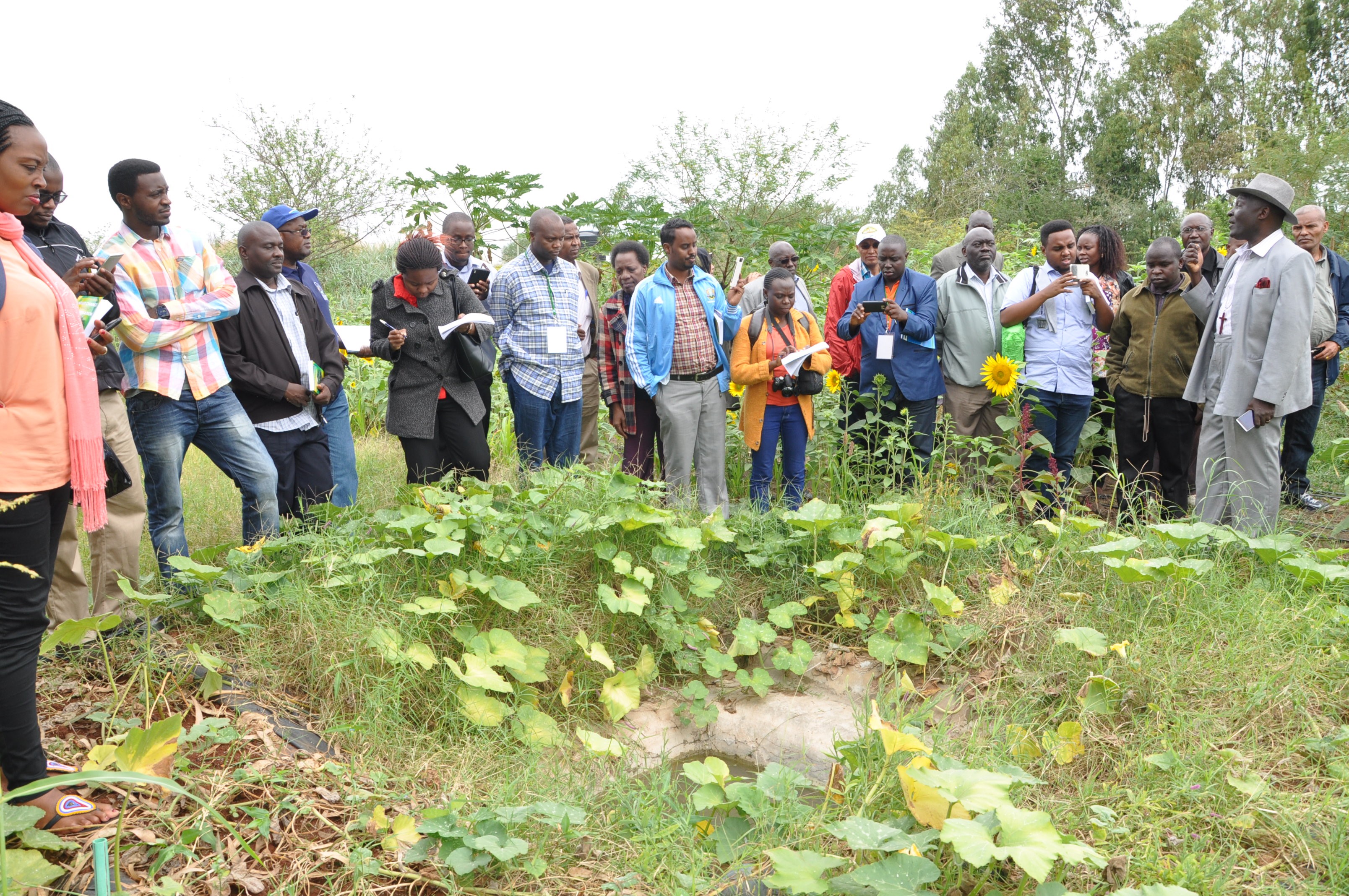
The ‘Yalla Model’ being explained
Post card from Yatta, Kenya. Faith can be a healer. Not because God comes to the rescue, but because the belief in Him changes mindsets: the belief in abundance, the belief that we are resilient and that we are here to help, not to be helped. is is very much the story of the Yatta in Machakos County in Kenya. Yatta was not unlike many other parts of Africa: dry and somehow desolate, open to shocks and dependent on relief. The droughts of 2006-2009 were the ultimate test. With below-average rainfall in three consecutive years, crops failed and the little stocks that existed disappeared. Livestock was sold in distress or just died. People ate cooked dogs, mongoose, and donkeys; and lost assets. Women resorted to prostitution, soliciting themselves to truck drivers that passed through the area.
At that time the retired Bishop Masika and his wife Agnes settled in the area and started his Christian Impact Mission (CIM). Basically what they saw was a community on the ropes – with no surplus and no buffer, financially, morally and water resource-wise. Women moved long distances to look for water – taking away time from other things they needed to care for. Children too were spending much time collecting water. This and poverty hindered them to go to school. Life was hand-to-mouth – no crops or livestock products to sell and earn income. Witchcraft spread. With it, fear rather than confidence prevailed.
The main step for the CIM was not to give relief but to change the mindset of the people. This was encapsulated in the Operation Mwolyo Out (OMO): getting rid of recurrent food aid (myolo) and at a deeper level abandon the dependency syndrome. The main strategy was for the community to solve their own problems using what is available and what they can afford. Relying on food aid was promoted as shameful form of begging, making one weak and open to manipulation. A second mindset change was for people to no longer wait for rain. Crops need water not rain so it was important to harvest water and grow crops anytime instead of waiting for the rains. Another mind block had to be overcome – the belief that the land below the feet was the ancestral abode and hence could not be touched – even for the excavation of storage reservoirs.
With the support from the CIM transformation took place in Yalla in a relatively short time. Many families developed their own ‘water pans’. In a short time, 3000 such family water reservoirs were made, on average around 4-5 meters deep. The water collected in the pans was lifted to farm land. With simple technology like moist gardens and dry season irrigation, crops could be grown throughout the year. The crops grown changed: to those more diverse, more productive, and more attractive to sell. On the heels of this moral and economic transformation, more things changed: better storage (charcoal coolers), development of local bakeries, and markets. The outmigration of men – resulting in many marital crises – was also reversed and families reunited. In areas like Yalla there is so much to do and decent income to be made, through changes that on the surface may seem not so spectacular – water pans, better storage and diverse crops – but that still make all the difference.
The most important change was the introduction of the feeling of abundance – the surety that things are provided for, that there is a good God who blesses people spiritually, physically, and economically and that there are many opportunities that with initiative are within one’s reach. Abundant life is in sharp contrast to the feeling of lack of future, hopelessness and discontent. The idea of abundance instead motivates to seek for the meaning of life and pursue change for the better.
{jcomments on}
